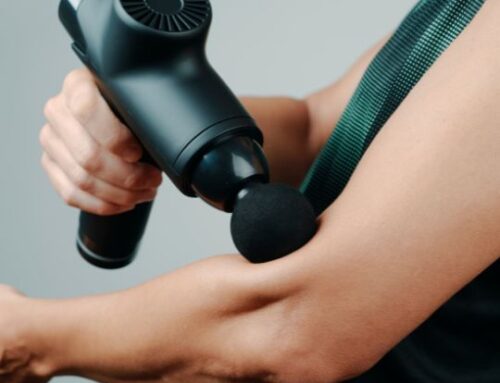Plantar heel pain, also known as plantar fasciitis, can be incredibly painful and debilitating to deal with. It’s characterized by pain along the bottom of the foot during weight-bearing activities, especially when taking your first step in the morning. Many patients will often describe plantar fasciitis as if they are “walking on glass.”
The plantar fascia itself is a thick web-like ligament that runs from the heel of the foot to what is effectively the base of all five of the toes. The plantar fascia serves a few purposes; it functions as an arch stabilizer providing tension across the bottom of the foot and serves as a shock absorber when walking, dispersing forces across the entirety of the foot. If tension on the plantar fascia is too great, often due to repetitive stress, small tears can form. This results in inflammation and stiffness along the bottom of the foot. Because of the anatomical structure of the plantar fascia, pain along the heel is often the first symptoms that a patient will notice. Even with pain in other areas of the foot, pain along the heel is often described as being the most intense.
Plantar fasciitis is very common, especially amongst athletic populations. Runners, gymnasts and of course dancers are among the most common populations to suffer from this condition. But that doesn’t mean that non-athletes can’t develop plantar fasciitis as well. In fact, research shows that 4-7% of people will experience plantar fasciitis pain at some point in their lives. That’s a lot of people!
As a dancer, I experienced plantar fasciitis a lot throughout my career. I know how debilitating it can be. Because of my experiences, I made it my goal to understand this condition so I could help others. As a Doctor of Chiropractic, I pride myself on being able to treat patients with plantar fasciitis so that they can get back to doing what they love QUICKLY!
The key is treating it from all angels. Plantar fasciitis is an inflammatory response to damage, often overuse, of the plantar fascia. This means that treatment should include; soft tissue massage, mobilization/adjustments, nutritional support and of course REHAB!!!
Especially amongst athletic populations who regularly use and abuse their feet, approaching this condition with each of these methods in mind is critical. Focusing just on massage or just on adjusting or even just rahabing the foot will often yield poor results.
You need a provider who will do all of the above to treat the various aspects of the condition.
So if you or someone you know has been suffering with plantar fasciitis, call and set up an appointment today! Or don’t call. Thanks to our online booking options, scheduling an appointment is now just a few clicks away.





